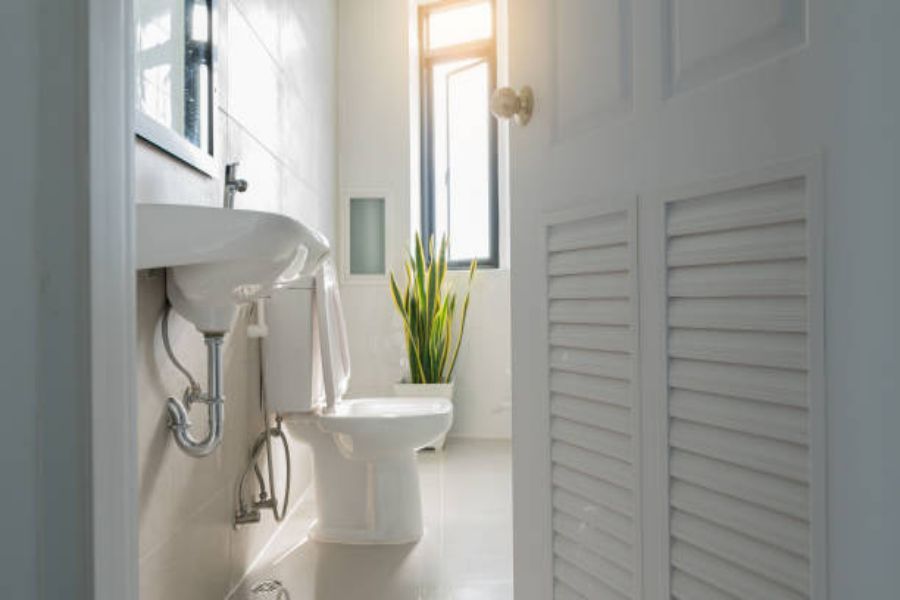Introduction
With the rise of technology, we have seen everything from smartphones to smart homes. However, have you ever wondered about the disadvantages of smart toilets? While they may seem like a convenient option for your home, there are potential dangers associated with them. In this article, we will take a closer look at the risks of using smart toilets.
1. Security Risks
Smart toilets are connected to the internet, which means they are vulnerable to hacking. Hackers can gain access to your personal information, including your name, address, and even your toilet usage habits. This data could be used for identity theft, blackmail, or other nefarious activities.
2. Health Risks
Smart toilets are equipped with sensors and other technology that may not be properly sanitized. If the toilet is not cleaned thoroughly, bacteria and other germs can thrive on its surface. This could increase your risk of infections or other illnesses.
3. Privacy Risks
Smart toilets are designed to collect and analyze data about your health and bathroom habits. While this information can be useful for your doctor, it can also be used against you. Employers or insurance companies might use this information to determine your health risks or to deny you coverage.
4. Malfunctions
Smart toilets are prone to malfunctions due to their advanced technology.Some smart toilets have been known to flush repeatedly or dump gallons of water on the floor. This could cause damage to your home or require costly repairs.
5. Expensive
Smart toilets are significantly more expensive than traditional toilets. While they may offer additional features, such as heated seats or bidet capabilities, the cost may not justify the benefits.
6. Complicated
Smart toilets are complicated to install and maintain. They require a professional to install and set up the technology. This could cause additional expenses and inconvenience if a problem arises.
7. Power Outages
Smart toilets require electricity to run their features. Therefore, if there is a power outage, all of the technology in the toilet will be rendered useless, making the toilet nothing more than a regular toilet.
8. Limited Options
Smart toilets come in a limited number of styles compared to traditional toilets. This could limit your options when it comes to decorating your bathroom or choosing a toilet that fits your needs.
9. Replacement Parts
Smart toilets contain complicated technology, which means that if something breaks or malfunctions, it can be difficult to find the correct replacement parts. This could lead to added expenses or the need to replace the entire toilet.
10. Accessibility
Smart toilets are not as accessible to everyone, particularly for those who are elderly or disabled. The complicated technology could be difficult for some users to understand, making it more complicated for them to use the toilet properly.

